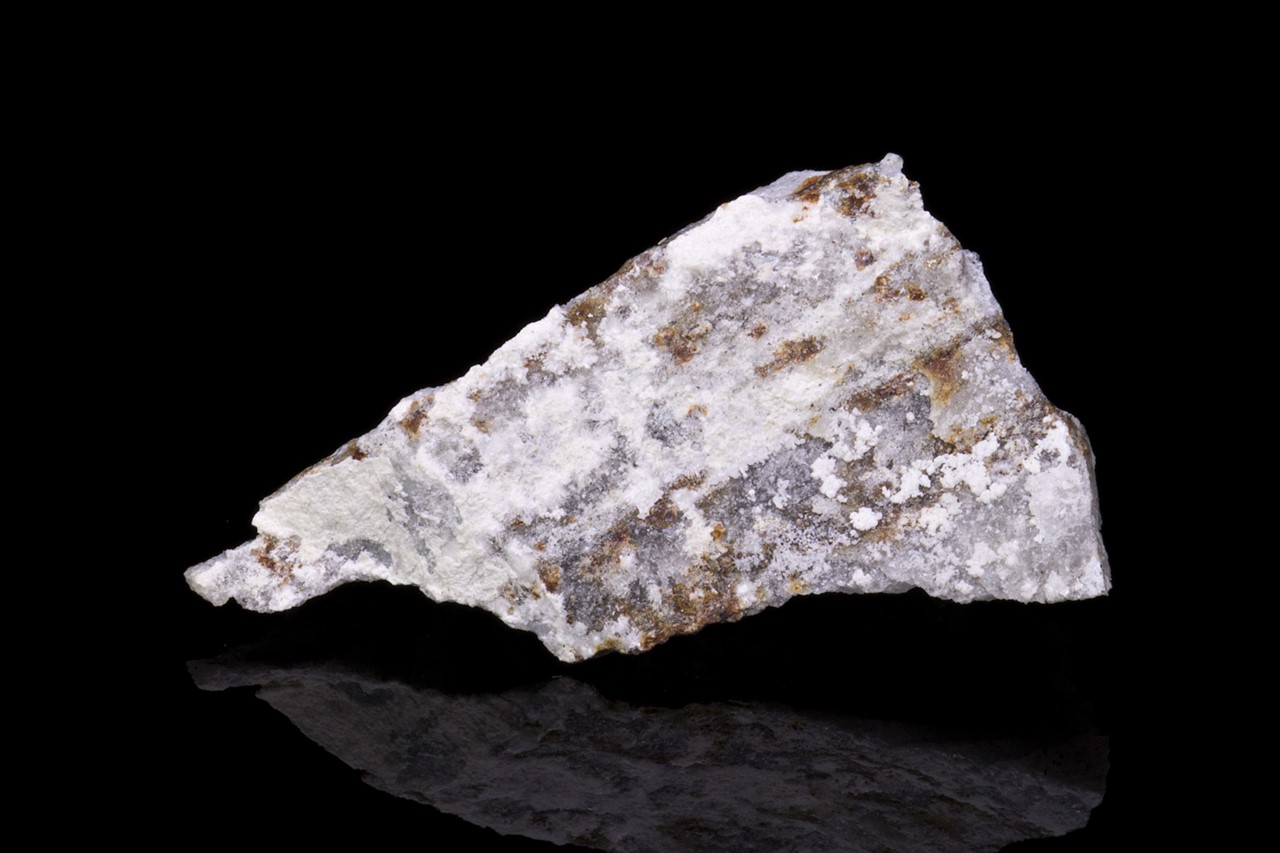
Macdonaldite is a rare mineral that has intrigued geologists and mineral enthusiasts alike. Named after Gordon A. Macdonald, a renowned volcanologist, this mineral boasts a unique composition and striking appearance. Found primarily in California, macdonaldite is a hydrous barium silicate mineral that forms in low-temperature hydrothermal environments. Its crystal structure is complex, making it a subject of study for those interested in mineralogy. Macdonaldite often appears in fibrous or platy forms, with colors ranging from white to pale yellow. Its rarity and distinct characteristics make it a fascinating topic for anyone passionate about geology. Ready to learn more? Here are 25 facts about macdonaldite that will deepen your understanding of this extraordinary mineral.
Key Takeaways:
- Macdonaldite is a rare and fascinating mineral named after a volcanologist. It has unique properties and is found in California and a few other locations worldwide. It's a prized specimen for collectors and researchers.
- Macdonaldite's physical and chemical properties make it valuable for studying rare minerals and hydrothermal processes. It's not widely used commercially, but it's a star in museums and educational institutions, showcasing mineral diversity.
What is Macdonaldite?
Macdonaldite is a rare mineral that captures the interest of geologists and mineral enthusiasts alike. Named after Gordon A. Macdonald, a prominent volcanologist, this mineral has unique properties and an intriguing history.
-
Macdonaldite is a barium silicate mineral with the chemical formula BaCa4Si16O40·10H2O.
-
It was first discovered in 1965 in Fresno County, California.
-
The mineral is named after Gordon A. Macdonald, who made significant contributions to the study of volcanology.
-
Macdonaldite typically forms in hydrothermal environments, where hot, mineral-rich water interacts with surrounding rocks.
-
It is often found in association with other rare minerals like sanbornite and fresnoite.
Physical Properties of Macdonaldite
Understanding the physical characteristics of macdonaldite can help in identifying and studying this mineral. Here are some key properties:
-
Macdonaldite crystals are usually colorless or white, although they can sometimes appear pale yellow.
-
The mineral has a vitreous to silky luster, giving it a shiny appearance.
-
It has a Mohs hardness of 4.5, making it relatively soft compared to other minerals.
-
Macdonaldite has a specific gravity of approximately 2.75, which is considered light for a mineral.
-
The crystal system of macdonaldite is monoclinic, meaning it has three unequal axes with one inclined to the other two.
Chemical Composition and Structure
The chemical makeup and structure of macdonaldite contribute to its unique properties. Here’s a closer look:
-
Macdonaldite contains barium, calcium, silicon, oxygen, and water molecules in its structure.
-
The mineral's structure consists of silicate tetrahedra linked together in complex chains.
-
Barium and calcium ions are interspersed within the silicate framework, providing stability to the structure.
-
Water molecules are also an integral part of macdonaldite's structure, contributing to its overall composition.
-
The presence of barium gives macdonaldite some of its distinctive properties, such as its specific gravity and luster.
Occurrence and Locations
Macdonaldite is not commonly found, making it a prized specimen for collectors. Here are some notable locations where it has been discovered:
-
The type locality for macdonaldite is the Esquire No. 1 claim in Fresno County, California.
-
It has also been found in the Big Creek-Rush Creek area of the Sierra Nevada Mountains.
-
Outside of California, macdonaldite occurrences are extremely rare, with only a few reported cases worldwide.
-
The mineral is typically found in veins and cavities within metamorphic rocks.
-
Hydrothermal activity is a key factor in the formation of macdonaldite, as it provides the necessary conditions for its crystallization.
Uses and Significance
While macdonaldite is not widely used in commercial applications, it holds significance in other areas. Here’s why:
-
Macdonaldite is primarily of interest to mineral collectors and researchers due to its rarity and unique properties.
-
The study of macdonaldite can provide insights into hydrothermal processes and the formation of rare minerals.
-
It serves as a reference point for identifying and classifying other barium silicate minerals.
-
Macdonaldite specimens are often displayed in museums and educational institutions to showcase mineral diversity.
-
The mineral's association with other rare minerals makes it valuable for geological research and understanding mineral paragenesis.
The Final Word on Macdonaldite
Macdonaldite, a rare and fascinating mineral, has captured the interest of geologists and mineral enthusiasts alike. Its unique properties, such as its complex chemical composition and striking appearance, make it a subject worth exploring. Found primarily in California, this mineral offers insights into geological processes and the Earth's history. Collectors value macdonaldite for its rarity and beauty, often showcasing it in mineral collections.
Understanding macdonaldite not only enriches our knowledge of minerals but also highlights the intricate and diverse nature of our planet. Whether you're a seasoned geologist or just someone curious about the natural world, macdonaldite serves as a reminder of the wonders hidden beneath our feet. So next time you come across a mineral exhibit, keep an eye out for this extraordinary gem. It might just spark a newfound appreciation for the Earth's hidden treasures.
Frequently Asked Questions
Was this page helpful?
Our commitment to delivering trustworthy and engaging content is at the heart of what we do. Each fact on our site is contributed by real users like you, bringing a wealth of diverse insights and information. To ensure the highest standards of accuracy and reliability, our dedicated editors meticulously review each submission. This process guarantees that the facts we share are not only fascinating but also credible. Trust in our commitment to quality and authenticity as you explore and learn with us.
